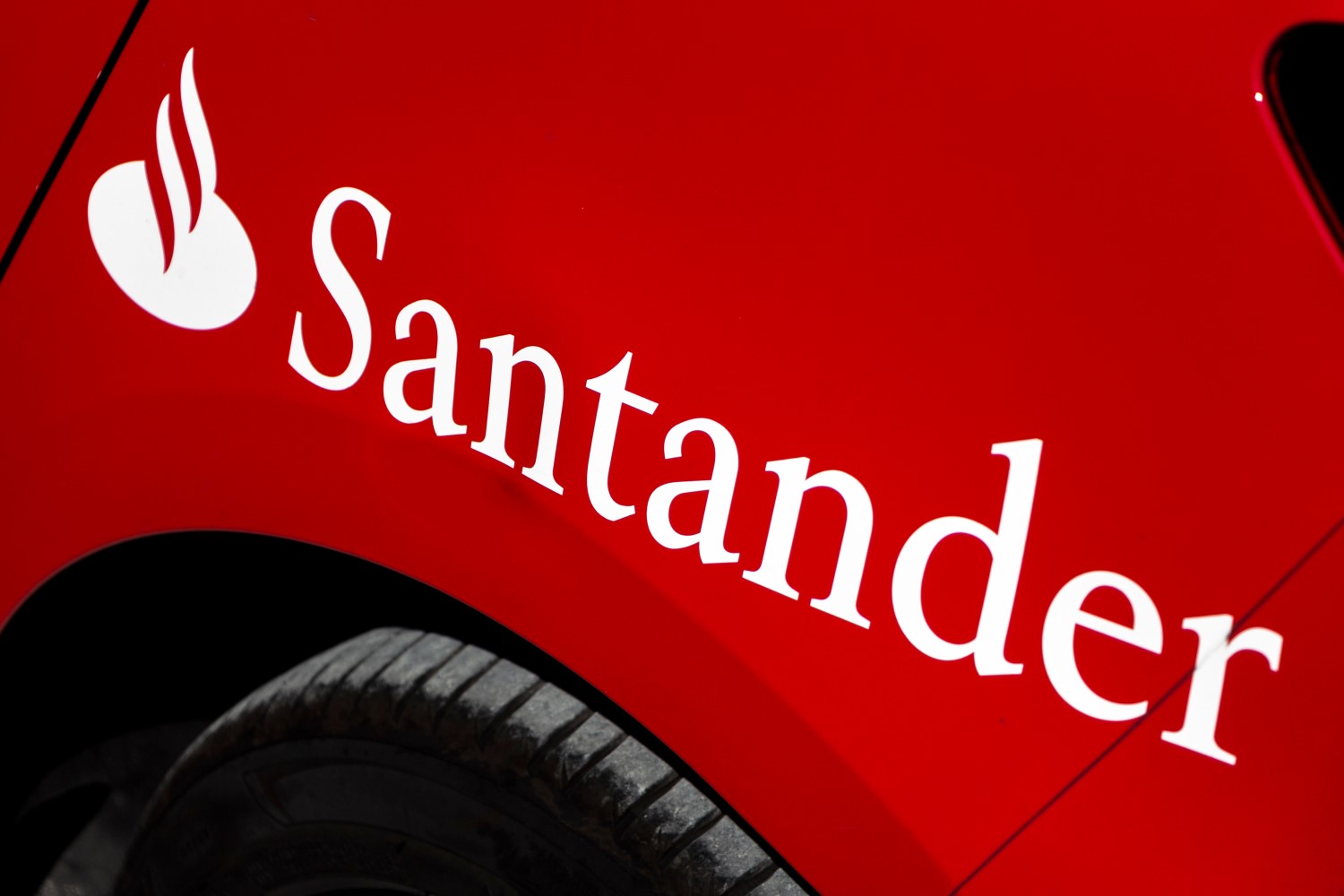Blockforce Capital’s Crypto Fund Captures 86% of Bitcoin’s Upside in 2020
Eric Ervin, CEO of Blockforce Capital
In the first two months of 2020, Blockforce Capital’s multi-strategy master fund saw a 16.8 percent return compared to a 19.5 percent return in bitcoin, the company announced in a note to accredited investors.
Blockforce is a seasoned ETF issuer which specializes in alternative investment vehicles for investors. In February of last year the company infamously filed the first proposal for an exchange-traded fund made up of a mix of currencies including bitcoin only to pull the fund at the U.S. Securities and Exchange Commission’s request the next day. Currently, the company only offers bitcoin-related funds to accredited investors.
Low volatility is the San Diego-based asset manager’s target for its multi-strategy fund, which hit its one-year anniversary this month.
With volatility of 24.5 percent compared to bitcoin’s 74 percent, Blockforce claims that its fund has a third of the volatility of the cryptocurrency, capturing 86 percent of the upside of bitcoin and 12.5 percent of the downside.
The fund’s goal is to capture more than 80 percent of bitcoin’s returns with about 40 percent of bitcoin’s losses. It’s supposed to “give people something they can invest in without all the stomach acid of a direct cryptocurrency investment,” Blockforce CEO Eric Ervin said.
Forty percent of the fund is based on systematic strategies based on long-term and short-term trends in a mix of large-cap cryptocurrencies: bitcoin, bitcoin cash, litecoin, ether, XRP and BNB. (This 40 percent is heavily weighted toward bitcoin, Ervin said.) Twenty percent of the fund is based on a mix of these large-cap crypto assets in general, and the rest is based on stablecoin lending.
The upside performance of the fund has improved significantly since last year, the company noted. In the first four months of the fund’s operations in 2019, the fund only increased by 32 percent while bitcoin rose more than 180 percent. From July to December, the fund only dropped 16 percent while bitcoin fell by 33 percent.
“One thing to keep in mind when evaluating performance throughout 2019 was the erratic nature of returns,” Ervin said in the note, adding:
“In November, after a portfolio management team change, we significantly reduced the complexity of the models, we slowed down some of the signals and focused our research efforts on optimizing for trade frictions as well as identifying high-probability trends to confirm either up, down or sideways markets. These model updates went live in December and we have been very pleased with the results since that time.”
The company will continue to add updates to its “research in pain pattern recognition, predictive signals for correlation breakdowns and some other areas.”
Blockforce’s thesis, Ervin wrote, is that the firm “will generate the bulk of [its] alpha through downside risk mitigation, portfolio overweights and underweights and the tactical use of digital asset lending in the portfolio.”
Disclosure Read More
The leader in blockchain news, CoinDesk is a media outlet that strives for the highest journalistic standards and abides by a strict set of editorial policies. CoinDesk is an independent operating subsidiary of Digital Currency Group, which invests in cryptocurrencies and blockchain startups.








